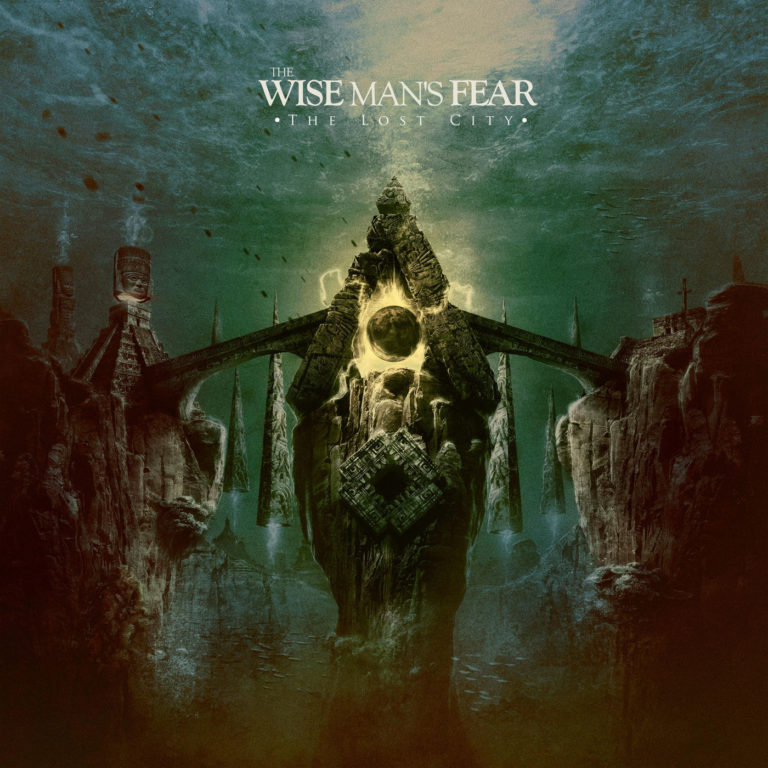As I stated way back in 2013 when I did a retrospective of The Howling franchise, werewolves are...
Year: 2017
Wow, I might have optimistically expected to be writing blog posts 5 years after I started this...
Hey… it’s been a super long time since I made a post. Considering that I left shortly...


